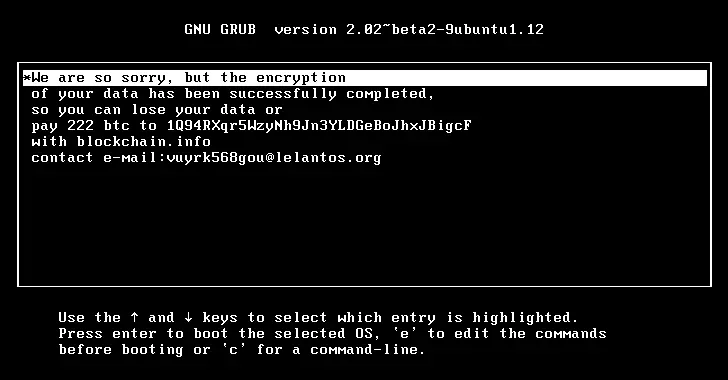
It is important to update the drivers, not only because they improve performance, but also because they usually add security improvements. Currently, NVIDIA is possibly the most serious about its drivers. NVIDIA wanted to give more information about its GeForce GameReady drivershow they are developed and the WHQL validation process.
Some time ago NVIDIA started the Game Ready driver program. Since then, 150 drivers have been released, adding support for more than 400 games. In 2021 alone, the company released 20 new controllers supporting a total of 75 games. According to Sean Pelletier, Senior Product Manager – Game Ready Drivers, the company is not slowing down, quite the contrary.
How NVIDIA certifies its GeForce Game Ready drivers
The company wanted to explain the entire process of testing and certification of its controllers. NVIDIA is aware that a poor operating experience with its drivers can lead to the loss of customers. To do this, it performs a set of important tests and, in addition, these are certified by Microsoft.
According to NVIDIA, they are made more than 1000 tests per day, which in 2021 has meant about 1.8 million hours of testing for its drivers. The company has a large number of desktop and laptop computers,
Additionally, NVIDIA is proud that its drivers undergo Microsoft certification testing. receive certification Windows Hardware Quality Labs (WHQL) it’s not easy at all. To be certified by Microsoft, the drivers are subjected to 1300 very rigorous tests.
Because the Game Ready Driver Program and our Quality Promise are based on all this work, we don’t release minor beta drivers with minimal testing, let alone multiple conflicting beta drivers forked from different development branches supporting different games and products. , which confuse customers. Sean Pelletier, Senior Product Manager – Game Ready Drivers
The latter is in clear reference to AMD, which takes a long time to release its WHQL drivers. Normally, they release Beta drivers, which after a few weeks end up becoming certified.
The good part about AMD is that it releases a single driver for its desktop, laptop and integrated graphics. NVIDIA, for its part, releases a driver for its desktop graphics and another for laptops, in addition to the Studio drivers that are optimized for content creators. Intel, for its part, has two families of drivers, one for Arc and others for iGPUs prior to the Xe architecture, with different numbers.
There are several battlefields between the big companies
There are not only drivers, there is a set of tools, utilities and plugins from Intel, AMD and NVIDIA. Recently, Intel has released Arc Control software that optimizes games, reports updates, and more. Intel’s solution does not require creating a user account, as it does require GeForce Experience.
AMD has recently released FidelityFX Super Sampling 2.0, the alternative to NVIDIA DLSS 2.0. At the moment NVIDIA’s technology is superior to AMD’s, but that could be short-lived. Note that this AMD tool will be open source, so there will be no royalties to pay for using it.
Intel, for its part, wants to compete with AMD and NVIDIA with its XeSS solution and its new graphics. Logically, they are far behind their rivals, with years and years of experience in the graphics card segment. Although Intel has one thing going for it, the penalty money and its recent investment policy, which is practically giving a blank check.



